

After making time to understand the trees featured in the plaza, I took the opportunity to discover the other gems of the place that are often overlooked by visitors: its historical statues. It was like a quest to understand the origin of Bogo City through these historical structures, and I quite enjoyed the process of becoming more aware of the city's origin.
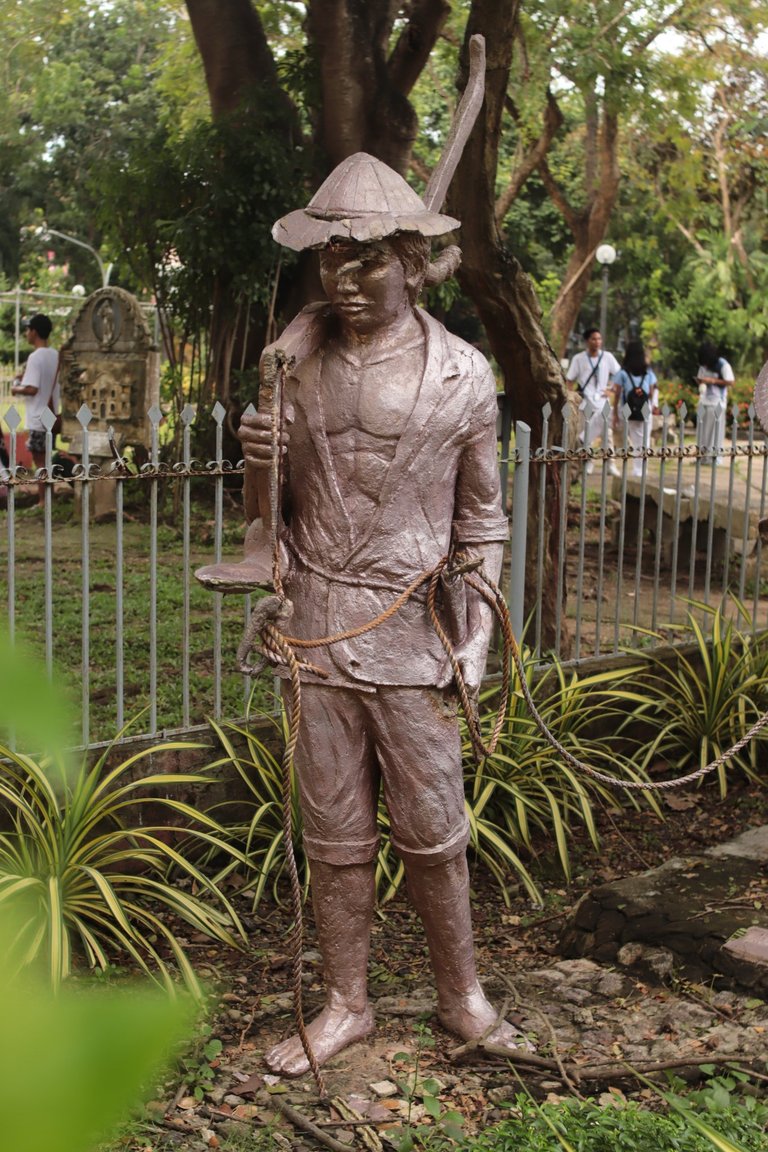

Right beside one of the trees I featured in my last blog, I saw this one striking statue ensemble presenting a humble Filipino farmer leading a carabao, with his wife and child seated atop the water buffalo. Upon seeing it, I was in awe of discovering one that spoke so much of my childhood since I always bumped into a statue in our hometown in San Remigio just like the one I discovered at Bogo. It was a good part of my childhood, so discovering one and seeing a new version of it gave me goosebumps.
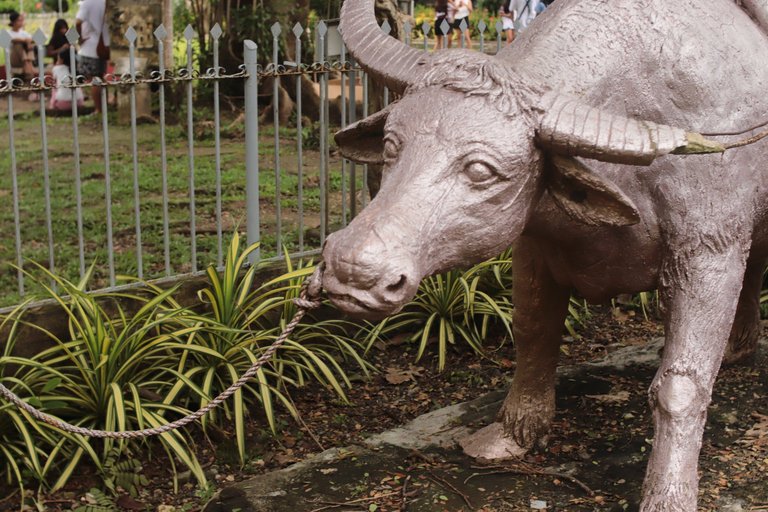

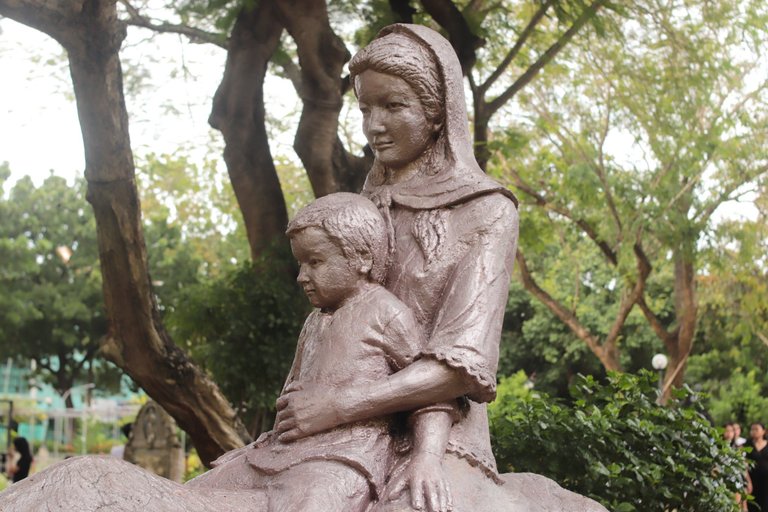
This scene in the plaza was not merely decorative; rather, it embodies the agricultural roots of northern Cebu and celebrates the enduring importance of family and home in rural life. The carabao, in particular, is a powerful symbol in the Philippine setting—representing hard work, resilience, and the symbiosis between human labor and land. When I realized that the artist placed the family riding atop the carabao, I knew for sure that the artist wanted to emphasize the cycle between generations—how the father figure guides the animal, and the mother and child follow—suggesting a shared journey of livelihood and love over time.
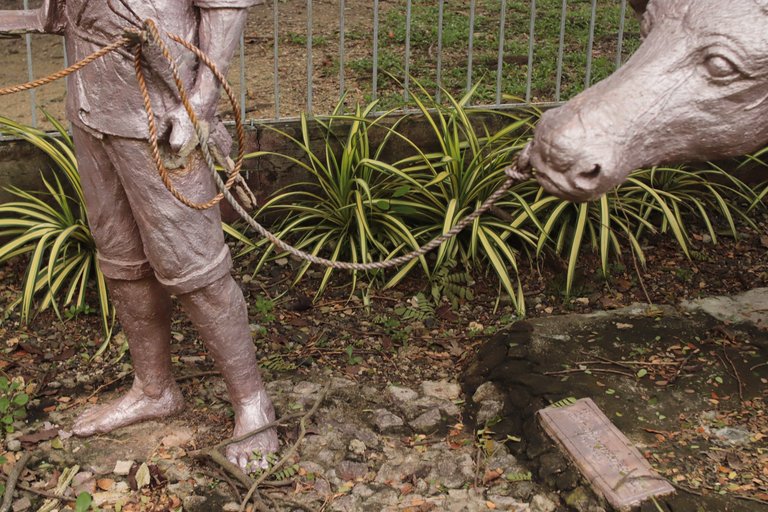
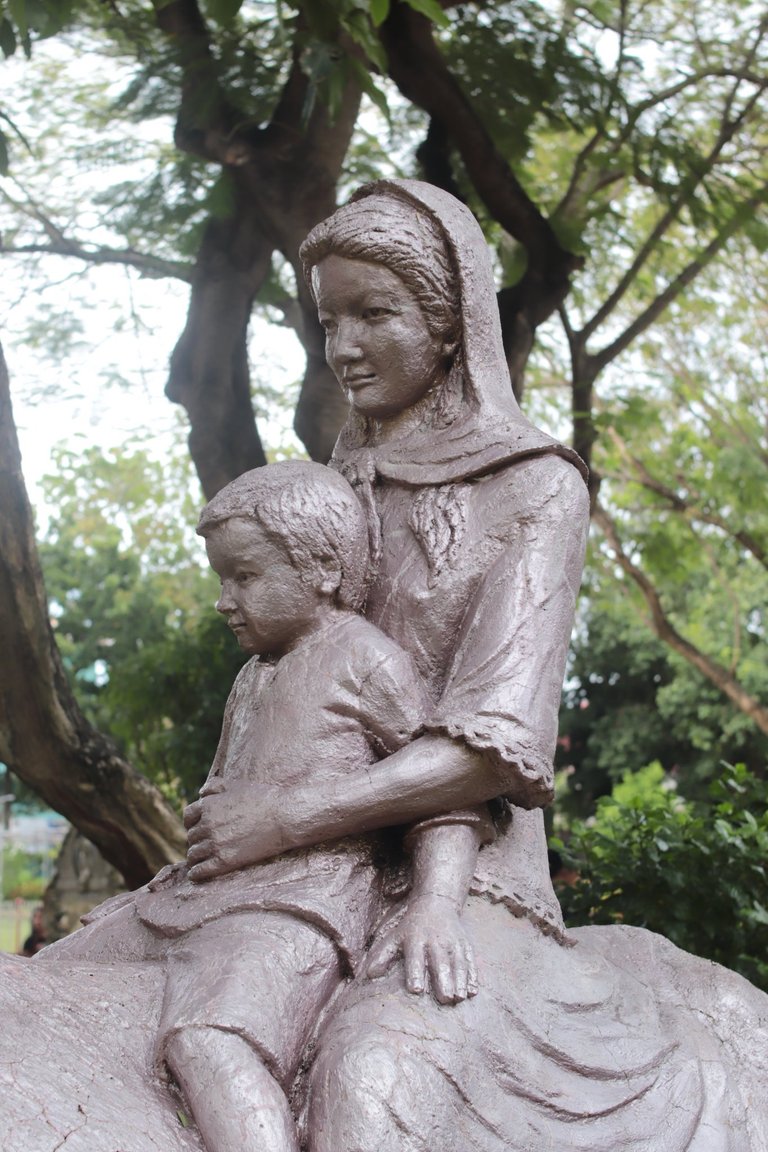

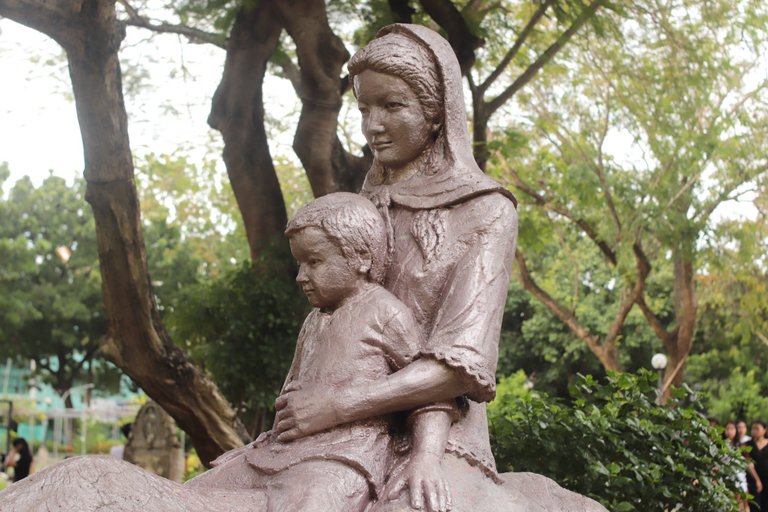
The figure is placed in the civic plaza, inviting visitors like me to reflect on the role of farming, community, and tradition even as the city urbanizes and progresses. As someone who also values farmers and family, the structure speaks so much of my interest in helping agriculture thrive and building homes with families that value love and integrity.

Adjacent to the statue of a carabao, just behind the Fire Tree I featured, you can see what appears to be a relief or model of an old church with a plaque labeled “The Old Church,” likely referencing the former Archdiocesan Shrine of St. Vincent Ferrer Parish in Bogo, just near our school. The plaque's written text cannot be read since time brushed off its carving, making it hard to see the remaining letters. But I made my guess that it could be referring to St. Vincent Ferrer Parish of the city.
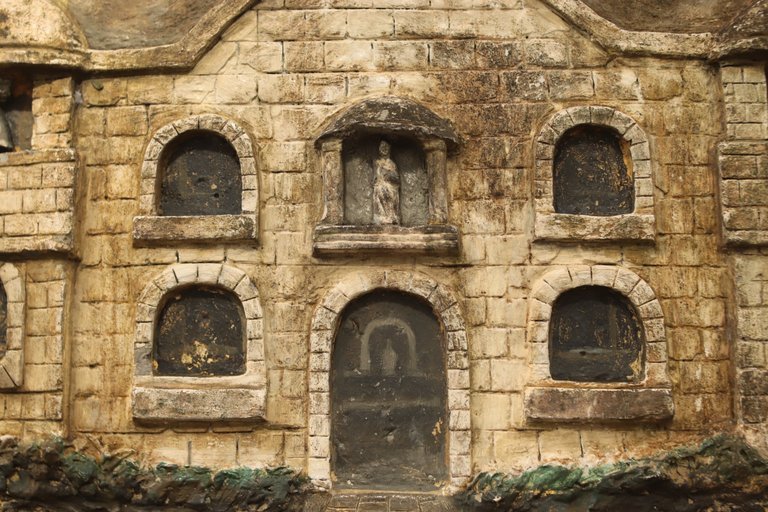


Historically, the parish was established in 1850. The relief shows the façade of the church with arched windows and niches, all brushed with a golden brown color, making it appear more historical and evoking both the architecture of Spanish colonial-era Philippine religious buildings and the deep Catholic heritage of Bogo City. The presence of this historic church model in the plaza reminds visitors of how faith, the environment, and community identity interweave with each other. The church once stood by the town plaza, and today the model invites all walks of life to remember the past even as Bogo evolves into a city. The parish stands at the end of an upward road near our school, and every day we see it—before and after school—making students pause for a while, especially when the bell rings, and devote a little time to remember God and restore faith.


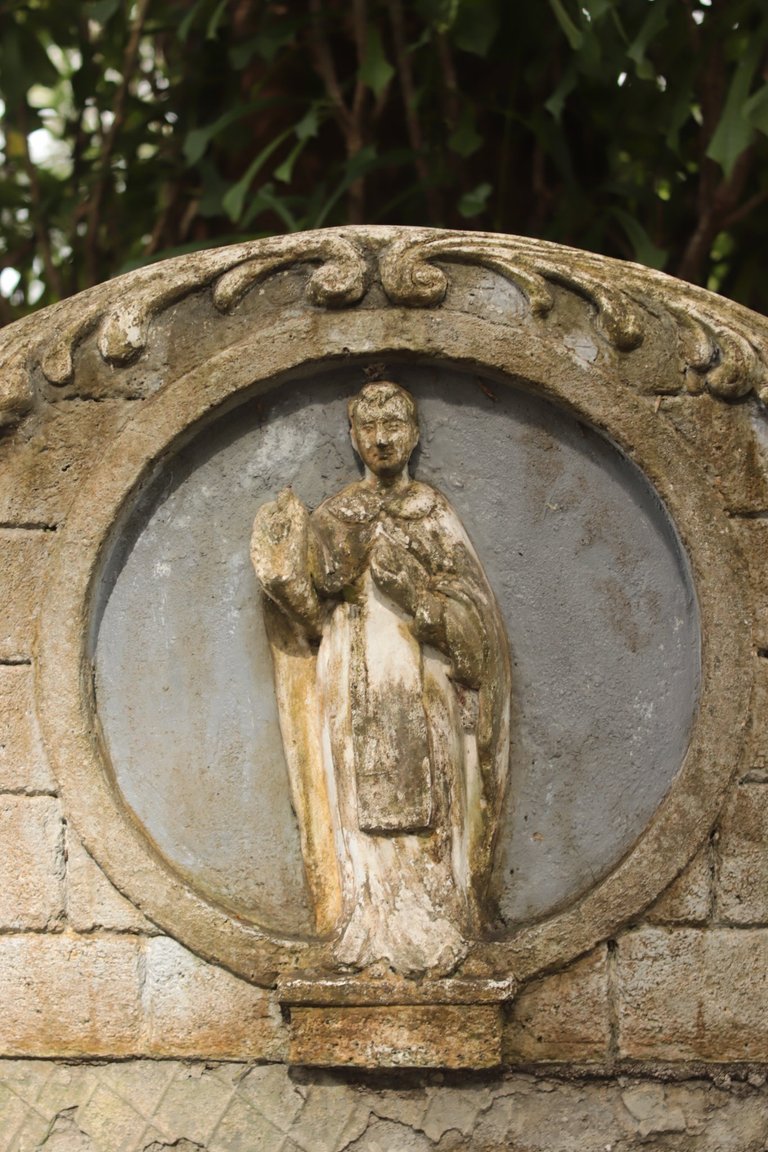
Seeing this structure standing for many years feels promising, showing how rich the history of Bogo City truly is. Places like the plaza remind people of its rich heritage and origin, and its features remain a catalyst of hope to those who see them righteously and intentionally.

My stroll in Bogo Plaza ended after scanning the St. Vincent Ferrer Parish structure, and it was turning dark, so I had to go home immediately. It was an ordinary day, but the learning keeps you grounded when visiting the plaza. The history and artistry I witnessed humbled me—that before me, a rich history and relevant people stood on that very ground for the same quest as mine—to understand the roots of Bogo City.
@talay love how you connected the statues to Bogo’s identity and values. Its true those silent monuments carry stories that shape who we are today..
And it is only of the curious mind @jocabanero4 who can see the history in these monuments. I feel grateful to have been keen on looking on the details of the plaza because it brought me to new lens.
Congratulations @talay! You have completed the following achievement on the Hive blockchain And have been rewarded with New badge(s)
Your next target is to reach 4750 upvotes.
You can view your badges on your board and compare yourself to others in the Ranking
If you no longer want to receive notifications, reply to this comment with the word
STOPI hope that after the sudden earthquake that Bogo people and makes lives loss, loss their home and source of living . I hope the government would restore what has been damaged. I admire the deep CATHOLIC faith on the people there.